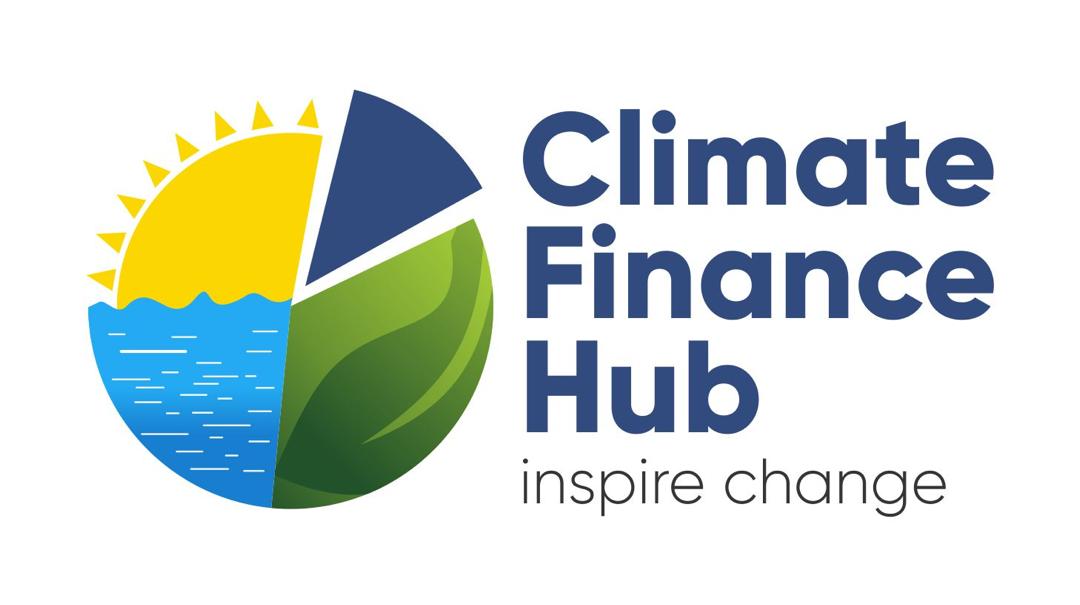The global climate finance landscape has reached a historic milestone, with investments surpassing $1.3 trillion during the 2021-2022 period. This unprecedented level of financial commitment marks significant progress in the global effort to address climate change, as governments, financial institutions, and private investors ramp up funding for mitigation, adaptation, and sustainable infrastructure.
According to the latest report from the Climate Policy Initiative (CPI), the surge in climate finance reflects growing awareness of the economic and environmental risks posed by climate change. It also underscores the importance of achieving the goals set by the Paris Agreement and the urgent need to transition to low-carbon economies. While this growth is promising, experts caution that much more is required to meet the global targets for reducing greenhouse gas emissions and building resilience in vulnerable regions.
A Breakdown of Climate Finance Growth The $1.3 trillion represents a wide range of funding sources, including public and private sector investments, as well as domestic and international flows. Public sector financing—driven largely by government policies, multilateral development banks, and national climate funds—played a critical role, accounting for a significant portion of the total. This includes funds dedicated to renewable energy projects, sustainable agriculture, forest conservation, and climate adaptation initiatives.
Private sector investment also saw notable growth, with corporations, institutional investors, and banks increasing their financial commitments to green projects. Climate-related bonds, equity investments, and venture capital in clean technologies have gained momentum, driven by both market demand for sustainable solutions and the financial sector’s increasing focus on environmental, social, and governance (ESG) criteria.
Mitigation Efforts Take Center Stage A significant portion of the climate finance during this period was directed towards mitigation efforts, particularly in the energy and transportation sectors. Investment in renewable energy, including solar, wind, and hydropower, saw major increases, reflecting the global shift away from fossil fuels. Electric vehicle infrastructure, energy efficiency upgrades, and carbon capture technologies also received substantial funding, demonstrating the growing market for low-carbon alternatives.
However, adaptation financing—designed to help communities cope with the impacts of climate change—remains insufficient. While there has been an increase in funding for climate-resilient infrastructure and disaster preparedness, experts argue that much more is needed to protect vulnerable communities from the intensifying impacts of extreme weather, rising sea levels, and prolonged droughts.

Challenges and Gaps Despite the record growth in climate finance, the $1.3 trillion figure falls short of the estimated $4.5 trillion annual investment needed by 2030 to meet global climate goals. The funding gap is especially pronounced in developing nations, which are on the front lines of climate change but often lack access to the necessary financial resources to implement meaningful climate action.
Furthermore, while private sector investments are increasing, barriers such as policy uncertainty, perceived financial risks, and a lack of scalable project opportunities in developing regions continue to impede the full mobilization of capital. Bridging this gap will require more innovative financing mechanisms, such as blended finance, guarantees, and risk-sharing instruments, to attract greater private investment, particularly in emerging markets.
Looking Ahead: Opportunities for Growth As climate finance continues to evolve, the next few years will be critical in scaling up both public and private sector contributions. International negotiations at upcoming global climate summits, including COP29, are expected to focus on setting new, more ambitious climate finance goals and creating accountability mechanisms to ensure that funding reaches the most vulnerable nations.
Financial institutions are also expected to play a greater role, with a growing number of banks and asset managers committing to align their portfolios with net-zero targets. Green bonds and sustainability-linked loans are set to increase, while new technologies and markets, such as carbon credits and nature-based solutions, offer further opportunities for climate finance growth.
Ultimately, the record $1.3 trillion investment marks a critical step forward, but the journey towards a sustainable future requires even bolder commitments. For the global community to meet its climate objectives, accelerating climate finance is not just an option—it is an imperative for protecting the planet and ensuring economic stability in the decades to come.




